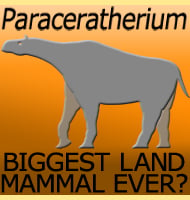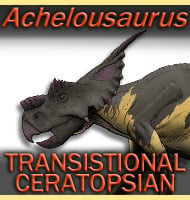Yunmenglong
In Depth Yunmenglong is a genus of somphospondylin sauropod dinosaur that lived in China during the early Cretaceous. Although the skeleton of the holotype is incomplete, Yunmenglong is considered to have been related to other genera such as Erketu and Qiaowanlong. Further Reading A new sauropod dinosaur (Dinosauria, Sauropoda) from the late Early Cretaceous of … Read more


